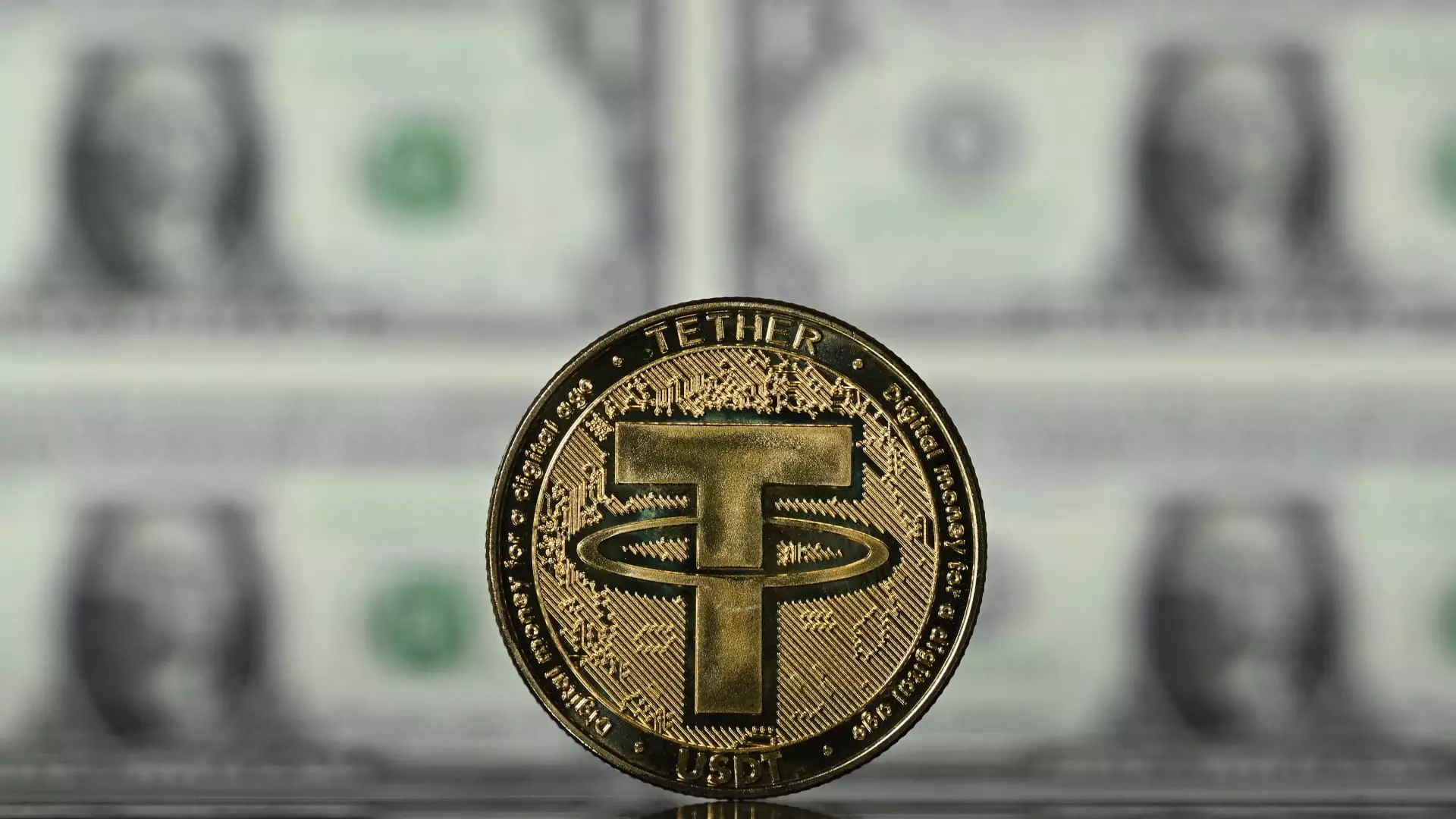Stablecoins represent a pivotal evolution in the financial landscape, serving as a bridge between traditional currencies and the digital economy. As the cryptocurrency environment matures, the prospect of an accommodating regulatory framework in the United States could stimulate significant growth in stablecoins by 2025. The implications of such growth are manifold, affecting not only the cryptocurrency industry but bolstering the U.S. dollar’s position as a global reserve currency.
The current trajectory of U.S. dollar-backed stablecoins is indicative of a burgeoning market. Reports indicate that the market capitalization has surged by over 50% in the past year and continues to gain momentum post-election. Analysts, such as Matt Hougan from Bitwise Asset Management, project a potential doubling of this market limit in the near term, dependent on the enactment of a clear regulatory framework. The rising interest in stablecoins inevitably revolves around their ability to serve as reliable trading assets, dominate the decentralized finance (DeFi) sector, and function as a medium of exchange.
These cryptocurrencies are pegged to stable assets, primarily the U.S. dollar, making them less volatile and more appealing to a broader audience. Their functionality within exchanges—both centralized and decentralized—provides a seamless mechanism for traders who are keen on mitigating risks associated with more traditional cryptocurrencies. The added layer of collateral in DeFi extends this utility further, leading to an increasingly integrated financial ecosystem.
The nature of stablecoins encourages collaborations that expand their footprint in multiple markets. A notable example is Robinhood’s recent partnerships with firms like Kraken and Galaxy Digital to introduce USDG, a new dollar-backed stablecoin within a larger framework dubbed the Global Dollar Network. These collaborative efforts signify a shift in how traditional finance and cryptocurrency can coalesce to create innovative financial products. Furthermore, Robinhood’s move to acquire Bitstamp, a significant exchange within the crypto space, underscores an increasing competitive landscape that aligns with the growing demand for stablecoin offerings.
Moreover, the involvement of major players such as Coinbase with established issuers like Circle (which produces USD Coin, USDC) highlights how established financial entities recognize the burgeoning potential of stablecoins. As these companies engage in revenue-sharing agreements, they lay the groundwork for a more deeply integrated digital currency ecosystem.
Despite the enthusiasm surrounding stablecoins, the legislative process remains a critical gatekeeper. As articulated by JPMorgan analyst Kenneth Worthington, any significant policy impacts may not materialize until several months into the new administration’s term. This delay underscores a fundamental truth: the pace of innovation in cryptocurrency often outstrips the legislative and regulatory frameworks that govern it. The formation of a robust and clear regulatory landscape could catalyze a more massive influx of investment into the stablecoin market, igniting interest from consumers, corporations, and institutional investors alike.
Regulatory clarity is essential for creating an environment where traditional banking institutions feel confident enough to enter the stablecoin market. The potential involvement of giants like J.P. Morgan could signal a transformative shift, encouraging further adoption and legitimization of these digital assets.
The implications of stablecoin expansion extend beyond the cryptocurrency market and venture into international monetary dynamics. As noted by Michael Saylor of MicroStrategy, the normalization of stablecoins under U.S. financial regulations presents an opportunity to solidify the U.S. dollar’s status as the world’s reserve currency. Current estimates suggest that there is potential for U.S. banks and companies to support a staggering issuance of dollar-backed digital currencies, hence expanding the area of influence and utility of the U.S. dollar in the digital realm.
Strikingly, the preference for stablecoins illustrates a divergence in need within global markets, especially in countries grappling with weak currency conditions or ineffective banking systems. According to Congressman French Hill, a clearly outlined regulatory framework for stablecoins could provide a competitive edge in cross-border transactions and enhance financial services.
The next several years stand to witness a remarkable evolution in the digital currency sphere, particularly concerning stablecoins. The intersection of regulatory clarity, market demand, and technological advancements poise these digital assets for significant growth. This potential not only promises benefits for the burgeoning world of crypto but reinforces the U.S. dollar’s centrality in the global economy. Ultimately, as the landscape for stablecoins evolves, the implications for financial markets, regulatory bodies, and consumers alike will be profound. As we transition into an era defined by digital currencies, the narrative surrounding stablecoins will undeniably shape the future of finance.


Leave a Reply